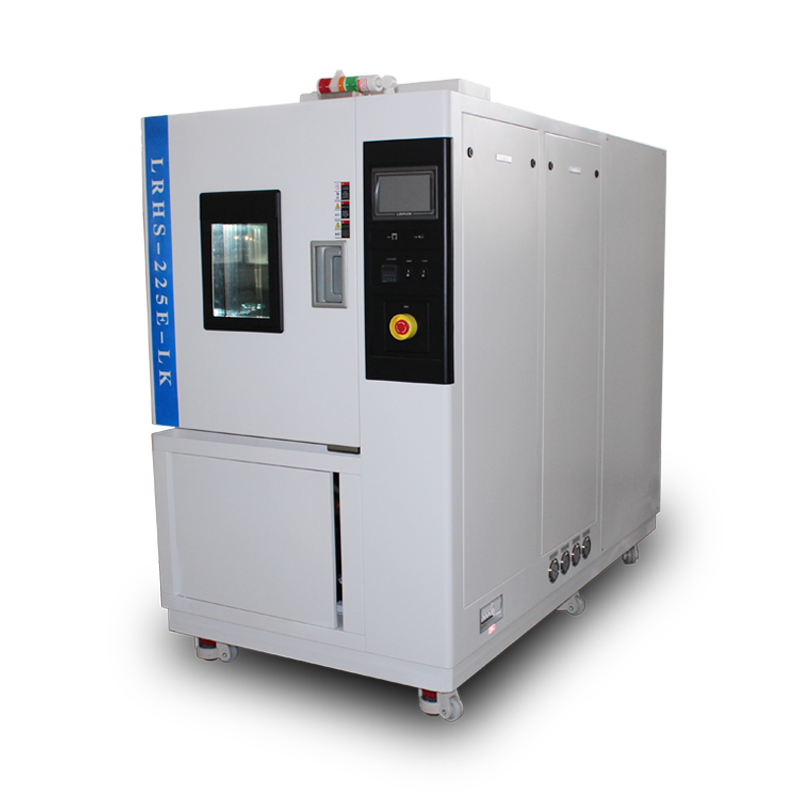In modern industrial production and research and development, rapid temperature change test chambers are widely used. These devices rapidly alter the temperature of samples to test the performance and stability of materials and products under extreme environmental conditions. However, the placement of samples significantly impacts the accuracy and reliability of test results. Below, we will explore the requirements for sample placement in rapid temperature change test chambers in detail.
-
Uniform Distribution
Samples in a rapid temperature change test chamber should be placed as uniformly as possible. Uneven placement may lead to uneven heat distribution, thereby affecting test results. Adequate spacing should be maintained between samples to ensure proper air circulation and uniform heat exchange for each sample. -
Avoid Direct Contact
Samples should not come into direct contact with each other, especially under large temperature variations. Direct contact may cause localized overheating or cooling, leading to sample damage or inaccurate test results. Therefore, it is recommended to use supports or spacers to maintain distance between samples and prevent mutual interference.

-
Consider Sample Size and Weight
When placing samples, their size and weight must be taken into account. Heavier samples should be placed at the bottom to prevent deformation or displacement due to gravity. Larger samples should be positioned at the center of the test chamber to ensure uniform surrounding temperature conditions. -
Follow Equipment Manual Guidelines
Different models of rapid temperature change test chambers may have specific requirements for sample placement, so it is essential to refer to the equipment manual. Manufacturers typically provide detailed recommendations, including optimal placement height, angle, and spacing. These details will help improve the effectiveness and accuracy of the tests. -
Regular Inspection and Adjustment
Sample placement is not a one-time task. Before each experiment, it is advisable to inspect the placement to ensure compliance with the above requirements. Additionally, for long-term use of the equipment, periodic adjustments to sample placement should be made to account for potential equipment aging or environmental changes.
Rapid temperature change test chambers are crucial tools for studying material behavior under extreme temperature conditions, and proper sample placement is a key prerequisite for successful experiments. By adhering to principles such as uniform distribution, avoiding contact, and considering size, the accuracy of test results can be ensured. Therefore, when conducting rapid temperature change tests, it is imperative to pay close attention to sample placement requirements to obtain reliable experimental data, providing a scientific basis for product optimization and improvement.













